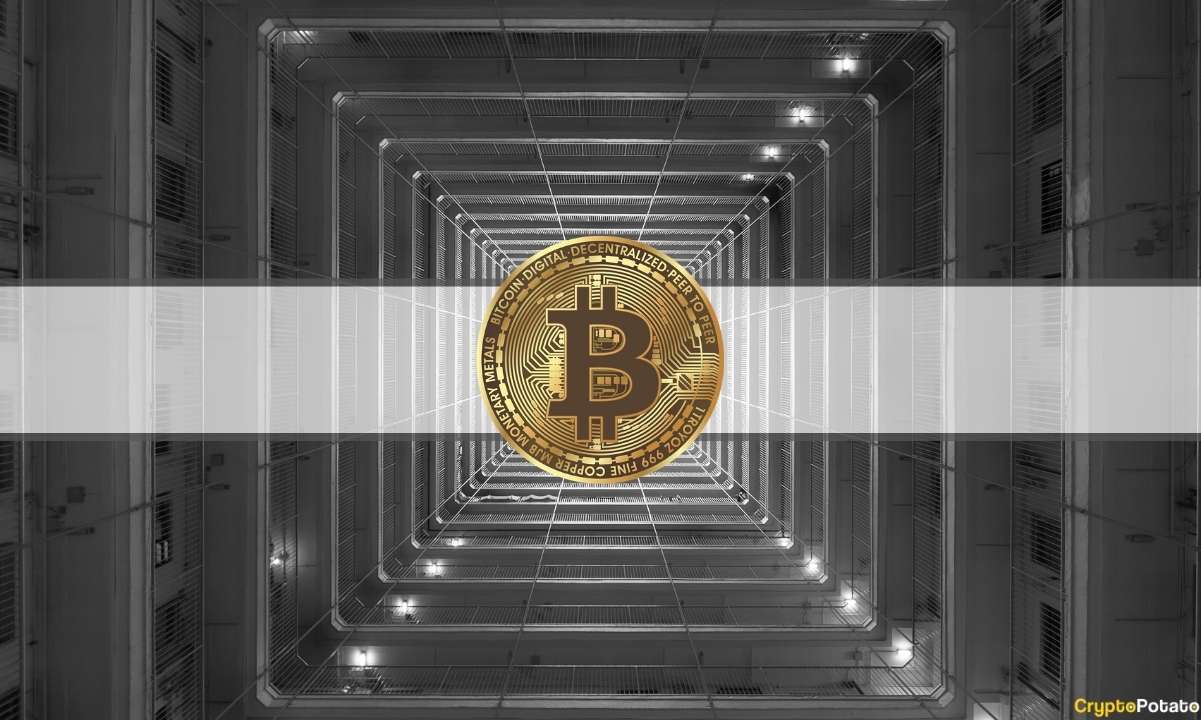Fed Balance Sheet Hits $8.357 Trillion, Is It Hastening Crypto Adoption? (Opinion)
This week the U.S. Federal Reserve’s balance sheet charted another all-time high. At an astounding $8.357 trillion, are the rapidly growing assets of the Fed speeding crypto adoption?
The Federal Reserve publishes updates to its balance sheet numbers every seven days. This week’s report was a doozy, revealing another $8 billion in assets purchased over the period.
The U.S. central bank has been busily hoovering up mortgage-backed securities and Treasury bonds, buying them with new dollars it creates at its own discretion.
Fed Balance Sheet Hits New Record High
The Fed’s balance sheet now stands at an incredible $8.357 trillion. Are we looking at a dollar bubble in the making? “There is no end in sight,” remarked crypto proponent Anthony Pompliano.

The glut of newly created money pouring into America’s institutional financial infrastructure keeps interest rates glued to near-zero in the U.S. dollar economy.
The purpose of this in the Federal Reserve’s parlance is to help it achieve its twin mandates from Congress to stabilize prices and maximize employment.
The Credit as Money Economy
But really, the purpose is to steadily and easily notch up prices, so dollar users are incentivized to spend their dollars sooner rather than hold them and wait to spend.
The monetarists want to see goods and money exchange hands more often and use quantitative easing to grease the wheels of the market.
They also fear a deflationary episode, with Jerome Powell warning against a deflation-driven economic depression during and before the coronavirus pandemic.
Borrowing at zero percent interest is a really great deal, actually kind of impossibly great. No one who couldn’t create more of their own money supply at their own discretion to lend would lend their own money for no interest. It’s an artificial construct of the monetary system that would not make sense in someone’s personal or business finances.
So who’s paying for it? Everyone buys things that cost more because of it. Higher food and commodity prices subsidize those zero percent interest rates. Higher equities and housing prices too, and higher tuition prices with all that low interest student debt to pay back.
Are Central Banks Hastening Crypto Adoption?
Is it hastening crypto adoption? You bet it is. Investors who see monetary expansion radical even by 2008’s standards are protecting and growing their savings in cryptocurrencies and other digital asset instruments. As Nasdaq recently reported:
“Inflation fears are apparent with economic contraction and government stimulus increasing the global money supply. Bitcoin has positioned itself as a perfect hedge against inflation. Unlike fiat currency, bitcoin is not regulated by the central bank.”
The Nasdaq report emphasized how strong this narrative is, how much investors believe in it, and how validating Bitcoin’s performance against the dollar has been. Advising readers how to include cryptocurrencies as part of an inflation-proof portfolio on Saturday, Benzinga warned:
“With the U.S. CPI having increased beyond 5.4%, inflation is already here in a very real way… Investors who are not taking a look at the allocation of their asset portfolios may find themselves with a reduced future long-term spending power.”
While the Federal Reserve is essentially skimming other people’s money and lending it out at zero interest, investors on DeFi (decentralized finance) cryptocurrency lending platforms are lending their own money for massive, sometimes double-digit annual percentage yields. Meanwhile, others are parking their savings in deflationary digital assets like Bitcoin.
The central banks are pumping liquidity into decentralized banks with every round of money printing.









